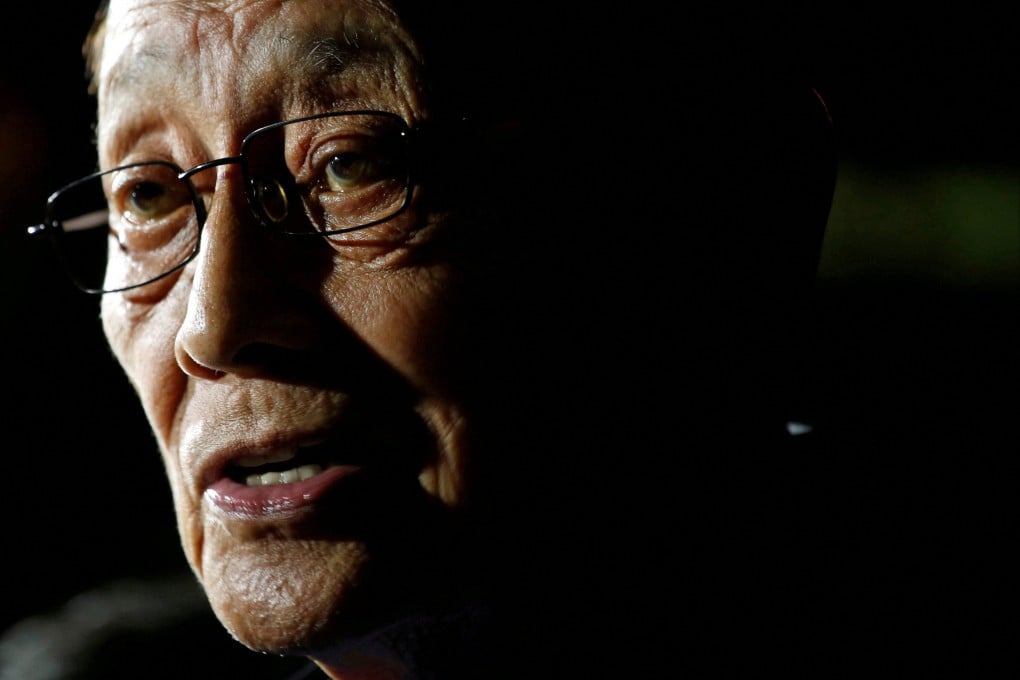Asian Angle | Why ‘people power’ figure Fidel Ramos’ presidency was the ‘high point’ of a now lost liberal reformist era in the Philippines
- Fidel Ramos was a key figure in the Philippines ‘people power’ uprising that toppled dictator Ferdinand Marcos Snr
- As president, Ramos was committed to good governance, but Duterte’s drug war and election of Marcos Jnr, this liberal reformist legacy appears lost

Former Philippine president Corazon C. Aquino may be known as the icon of the country’s “people power” uprising, which toppled Ferdinand Marcos Snr’s authoritarian regime in 1986, but her defence chief Fidel V. Ramos – whose break with Marcos helped spark the protests – played an equally important role.
After her tenure, Ramos ran for president. Despite a narrow victory – earning less than 25 per cent of all votes in a multi-candidate election – Ramos quickly established himself as a can-do reformist committed to democracy and good governance following Marcos Snr’s kleptocratic rule.
During his term from 1992 to 1998, Ramos achieved political stability and undertook major financial reforms and infrastructure projects that initiated nearly three decades of growth.
Ramos’ image as a reformist was so strong that even corruption scandals during his administration – such as the PEA-Amari deal dubbed the “the grandmother of all scams” – did not significantly dent his popularity.